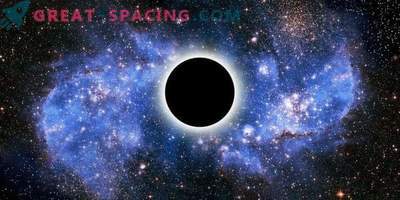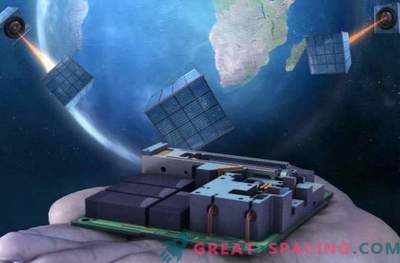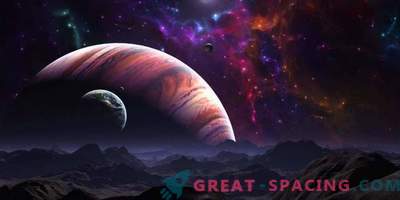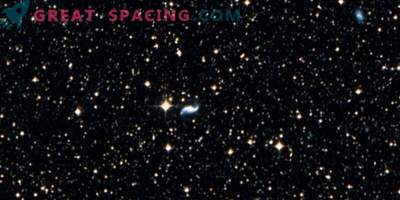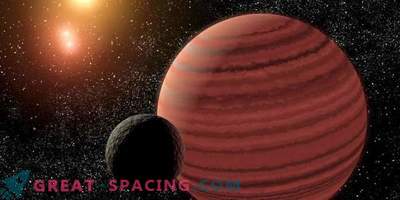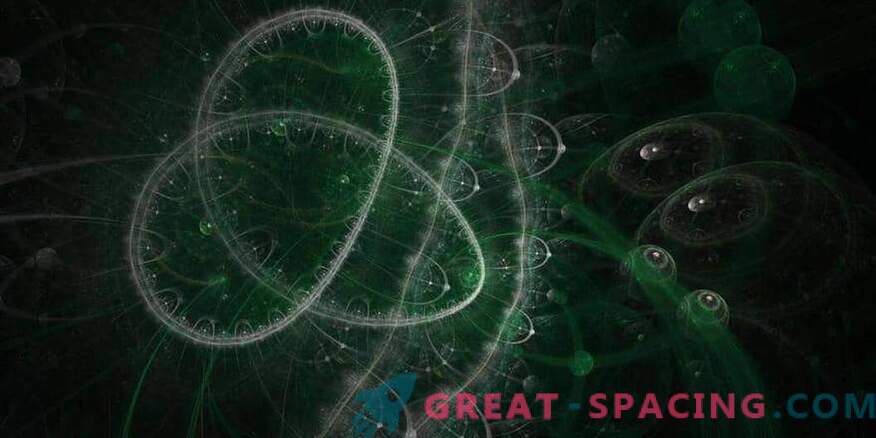
Research reports a new stellar type. The authors were able to describe a mathematical model that combined the general theory of relativity with the repulsive effect of vacuum quantum polarization. As a result, a description of the ultra-compact configuration of stars, which were previously considered impossible to exist in equilibrium, was derived.
Because of the attracting and repulsive forces, a massive star can become a neutron or a black hole. In the first, equilibrium is the result of a balance between gravity and a quantum-mechanical repulsive force (degeneration pressure). But if stellar massiveness oversteps a certain line (three times the solar one), then the balance is lost, and the object will collapse.
Scientists investigated the possibility that additional quantum-mechanical forces make it possible to obtain new equilibrium configurations for stars in this category (above the threshold). An additional force will be the manifestation of the polarization effect of the quantum vacuum, created due to the mixing of gravity and quantum mechanics in a quasiclassical structure. The novelty of the analysis is that for the first time it was possible to collect all the components in a fully consistent model. Of course, there are still some unexplored issues. It is unclear whether these configurations can be realized dynamically in astrophysical scenarios and how long the process will last. From the point of view of observation, these quasiclassical relativistic stars would be very similar to black holes. But further development of technologies will allow them to be detected (if they exist).






